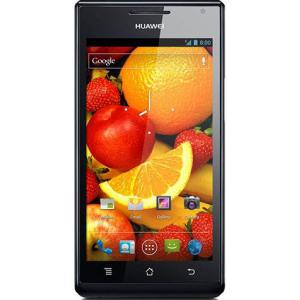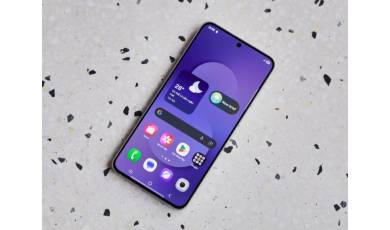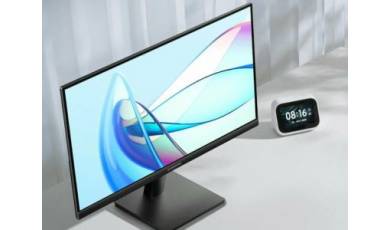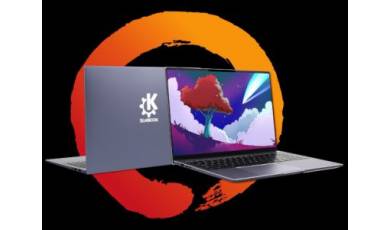Huawei Ascend P1 LTE specs.
Mobiles >> Huawei >> Huawei Ascend P1 LTE| Specifications | Reviews | Secret codes |
| Unlock phone | Root phone |
| Backup | Flash Firmware | Screenshot |
| Hard Reset |

Design Huawei Ascend P1 LTE
Device type:
Smart phone
Smart Phone OS: An operating system (OS) is software that interacts between a user and a smartphone.
An operating system (OS) is software that interacts between a user and a smartphone.
Android (4.0)
Form factor:
Candybar
Dimensions:
8 megapixels
Flash:
LED
Features:
Back-illuminated sensor (BSI), CMOS image sensor, Autofocus, Face detection, Exposure compensation, White balance presets, Burst mode, Digital zoom, Geo tagging, High Dynamic Range mode (HDR), Panorama, Scenes, Effects
Camcorder:
1920x1080 (1080p HD)
Features:
Continuous autofocus, Video calling
Front-facing camera:
1.3 megapixels
Hardware Huawei Ascend P1 LTE
System chip:
Qualcomm Snapdragon S4 Plus MSM8960
Processor :
1024 MB RAM (Dual-channel, 500 MHz) / LPDDR2
Built-in storage:
4 GB
Storage expansion:
microSD, microSDHC up to 32 GB
Battery Huawei Ascend P1 LTE
Talk time:
8.00 hours
the average is 11 h (675 min)
the average is 11 h (675 min)
Stand-by time:
16.7 days (400 hours)
the average is 20 days (477 h)
the average is 20 days (477 h)
Talk time (3G):
13.00 hours
the average is 15 h (897 min)
the average is 15 h (897 min)
Stand-by time (3G):
26.8 days (643 hours)
the average is 23 days (546 h)
the average is 23 days (546 h)
Stand-by time (4G):
17.8 days (427 hours)
the average is 23 days (554 h)
the average is 23 days (554 h)
Capacity:
2000 mAh
Type:
Li - Ion
Multimedia Huawei Ascend P1 LTE
Music player:
Filter by:
Album, Artist, Playlists
Features:
Album art cover, Background playback, SRS 5.1 Mobile
Supported formats:
MP3, AAC, AAC+
Video playback Supported formats:
MPEG4, H.263, H.264
Radio:
FM, Stereo, RDS
Speakers:
Earpiece, Loudspeaker
Internet browsing Huawei Ascend P1 LTE
Browser supports:
HTML, HTML5, Flash
Built-in online services support:
YouTube (upload), Picasa/Google+
Technology Huawei Ascend P1 LTE
GSM:
850, 900, 1800, 1900 MHz
UMTS: Universal Mobile Telecommunications System
Universal Mobile Telecommunications System
850, 1900, 2100 MHz
FDD LTE:
800 (band 18), 1800 (band 3), 2600 (band 7) MHz
Data:
LTE, HSDPA+ (4G) 21.1 Mbit/s, HSUPA 5.76 Mbit/s, UMTS, EDGE, GPRS
Global Roaming:
Yes
Positioning :
GPS, A-GPS
Navigation:
Yes
Phone features Huawei Ascend P1 LTE
Phonebook:
Unlimited entries, Caller groups, Multiple numbers per contact, Search by both first and last name, Picture ID, Ring ID
Organizer:
Calendar, Alarm, Calculator
Messaging:
SMS, MMS, Threaded view, Predictive text input
E-mail:
IMAP, POP3, SMTP, Microsoft Exchange, Push e-mail
Instant Messaging:
Hangouts / Google Talk
Connectivity Huawei Ascend P1 LTE
Bluetooth: Bluetooth is used to exchange data between nearby mobile devices.
Bluetooth is used to exchange data between nearby mobile devices.
3.0
Wi-Fi: Wireless lan technology
Wireless lan technology
802.11 b, g, n
Mobile hotspot:
Yes
USB: Universal Serial Bus
Universal Serial Bus
USB 2.0
Connector:
microUSB
Features:
Mass storage device, USB charging
Headphones connector:
3.5mm
Charging connector:
microUSB
Other:
DLNA, Tethering, Computer sync, OTA sync
Other features Huawei Ascend P1 LTE
Notifications:
Haptic feedback, Music ringtones (MP3), Polyphonic ringtones, Vibration, Flight mode, Silent mode, Speakerphone
Sensors:
Accelerometer, Gyroscope, Compass
Voice dialing, Voice commands, Voice recording
Comments, Questions and Answers about Huawei Ascend P1 LTE
Ask a question about Huawei Ascend P1 LTE





